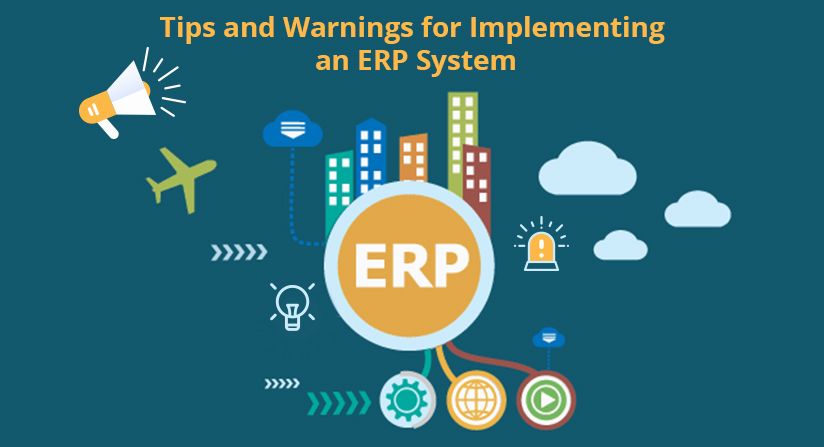Inventory management is a critical aspect of any business that deals with physical goods. Keeping track of your inventory, ensuring you have the right amount of stock on hand, and minimizing costs associated with storing and managing inventory are all vital for a company’s success. One essential component of inventory management is understanding and calculating inventory carrying costs. In this blog, we’ll explore what is inventory carrying cost , why it matters, and how to calculate them effectively.
Understanding Inventory Carrying Costs
Inventory carrying costs, often called holding costs, are the expenses a business incurs to store and maintain its inventory over a specific period. These costs encompass a wide range of expenses that go beyond just the initial purchase price of the inventory items. Understanding and managing the costs of holding inventory is essential for optimizing your business’s profitability and overall financial health.
Here are some of the primary components that make up inventory carrying costs:
1. Storage Costs
Storage costs include expenses related to warehousing or storage facilities. This encompasses rent or mortgage payments, utilities, insurance, security, and any maintenance or repair costs for the storage space. Efficiently managing your storage space can significantly impact your carrying costs.
2. Inventory Shrinkage
Inventory shrinkage refers to losses due to theft, damage, or obsolescence. These losses can eat into your profits, and it’s crucial to factor them into your carrying cost calculations. Implementing security measures and regularly auditing your inventory can help reduce shrinkage.
3. Opportunity Cost
When capital is tied up in inventory, it’s not available for other investments or operational expenses. The opportunity cost represents the potential return on investment that could have been earned if the funds were used elsewhere in the business.
4. Insurance
Insurance costs are incurred to protect your inventory from various risks, including theft, fire, and natural disasters. The premiums you pay for this coverage contribute to your inventory carrying costs.
5. Handling and Labor Costs
These costs encompass the expenses associated with receiving, storing, and handling inventory items. This includes labor costs for employees involved in these processes and any equipment or technology required.
6. Taxes
In some regions, businesses may be subject to inventory taxes. These taxes are often based on the value of the inventory at a specific point in time and can add to your carrying costs.
7. Depreciation
Inventory, especially certain types like electronics or fashion items, can lose value over time due to factors like changing consumer preferences or technological advancements. Accounting for depreciation in your carrying cost calculations is essential for accurate financial planning.
8. Cost of Capital
The cost of capital represents the interest or return on investment that could have been earned if the money tied up in inventory were invested elsewhere. It’s a critical component of opportunity cost.
Why Inventory Carrying Costs Matter
Understanding and managing inventory carrying costs are crucial for several reasons:
1. Profitability
Inventory carrying costs directly impact your profitability. By minimizing these costs, you can increase your bottom line and potentially reduce the need to pass on higher expenses to customers.
2. Cash Flow
Excessive inventory-carrying costs tie up valuable capital that could be used for other essential business expenses or investments. Managing these costs can improve your cash flow and financial flexibility.
3. Competitive Advantage
Efficient inventory management allows you to offer competitive pricing or invest in other aspects of your business, such as marketing or product development, giving you a competitive advantage in the market.
4. Risk Reduction
Managing inventory-carrying costs helps reduce the financial risks associated with excess inventory. By avoiding overstocking, you can minimize the risk of inventory obsolescence or loss due to factors like changing market trends.
How to Calculate Inventory Carrying Costs
Calculating inventory carrying costs involves several steps. Here’s a comprehensive guide to help you determine these costs accurately:
1. Identify Carrying Cost Components
Start by listing all the components of carrying costs that apply to your business. This includes storage costs, insurance, shrinkage, opportunity costs, taxes, handling and labor costs, depreciation, and the cost of capital.
2. Determine Annual Cost for Each Component
For each carrying cost component, calculate the annual cost. This may involve summing up monthly or quarterly expenses, depending on the component’s frequency. For example, to calculate annual storage costs, add up monthly rent, utilities, and other applicable expenses.
3. Calculate the Average Inventory Value
To calculate carrying costs, you must know your average inventory value over a specific period. This can be calculated using the following formula:
Average Inventory Value = (Beginning Inventory Value + Ending Inventory Value) / 2
4. Calculating Inventory Carrying Costs for Each Component
Once you have the annual cost for each component and the average inventory value, you can calculate the carrying cost for each component using the following inventory carrying cost formula:
Carrying Cost = (Annual Cost for Component / Average Inventory Value) * 100
This formula expresses carrying costs as a percentage of the average inventory value, making it easier to compare and analyze.
5. Sum Up Carrying Costs for Components
Finally, sum up the carrying costs for all components to get the total inventory carrying cost for your business with this inventory carrying cost formula:
Total Inventory Carrying Cost = Sum of Carrying Costs for all Components
6. Analyze and Adjust
Once you’ve calculated the carrying costs of inventory, it’s essential to analyze the results. Identify areas where costs are high and consider strategies to reduce them. This might involve optimizing your storage space, implementing tighter inventory control measures, or renegotiating lease agreements for storage facilities.
Tips for Reducing Inventory Carrying Costs
Reducing inventory carrying costs is a strategic move that can improve your business’s financial health. Here are some tips to help you lower these costs effectively:
1. Implement Just-In-Time (JIT) Inventory
JIT inventory management aims to keep inventory levels as low as possible while still meeting customer demand. By only ordering and storing what you need when you need it, you can reduce storage and holding inventory costs.
2. Regularly Review and Adjust Inventory Levels
Frequently assess your inventory levels and adjust them based on demand and sales patterns. Identify slow-moving or obsolete items and consider liquidating them or offering discounts to clear them out.
3. Negotiate Favorable Terms with Suppliers
Work with your suppliers to negotiate favorable terms, such as lower minimum order quantities or extended payment terms. This can help you reduce the amount of capital tied up in inventory.
4. Optimize Storage Space
Maximize the efficiency of your storage space by organizing it effectively. Consider using specialized storage solutions to make the most of your available space.
5. Invest in Inventory Management Software
Inventory management software can help you track inventory levels, forecast demand, and make data-driven decisions to optimize your inventory carrying costs. ERP systems also contain Inventory Management that is integrated with other modules to manage your entire operation. With ERP Inventory Management, you can see the location and status of inventory from safety stock to warehouse transfer, WIP, quarantine, or on the shop floor.
6. Implement Robust Inventory Control Procedures
Establish clear inventory control procedures to minimize shrinkage and errors. Regularly audit your inventory to identify and address any discrepancies.
7. Consider Drop Shipping
If applicable to your business model, consider drop shipping as a way to reduce the need for physical inventory altogether. With drop shipping, you only purchase products when you have confirmed orders.
Conclusion
Inventory carrying costs are a significant aspect of managing a business that deals with physical goods. Understanding these costs and how to calculate them is crucial for optimizing profitability and maintaining a healthy financial position. By identifying the components of carrying costs, calculating them accurately, and implementing strategies to reduce them, you can enhance your business’s competitiveness and long-term success. Effective inventory management is not only about having the right products on hand but also about managing the costs associated with holding those products.
Follow Us









